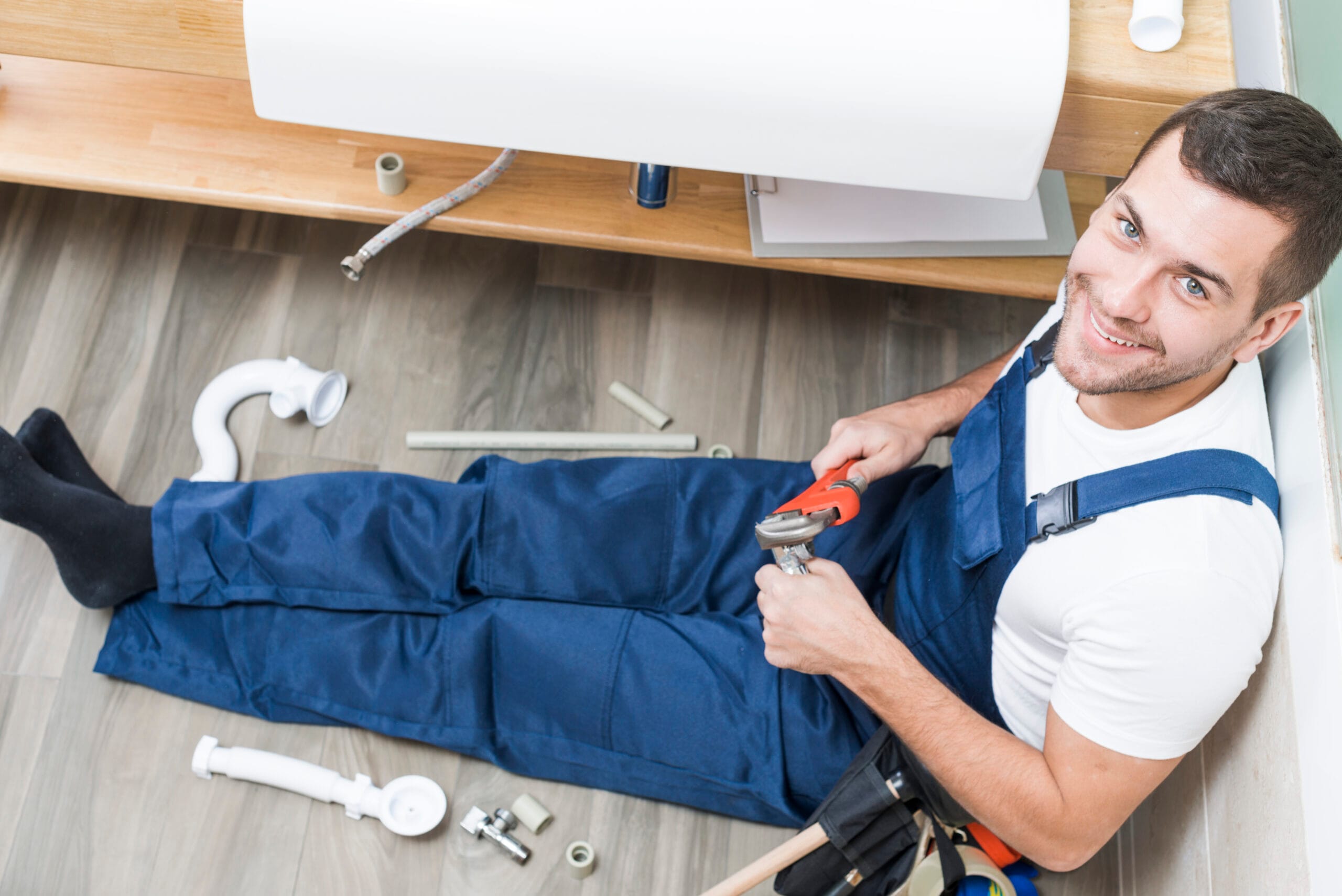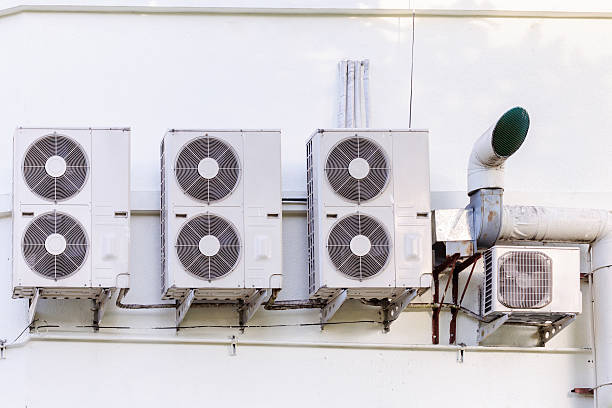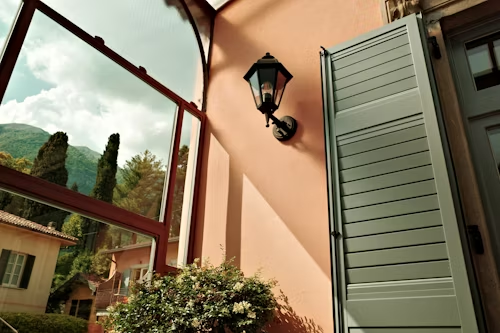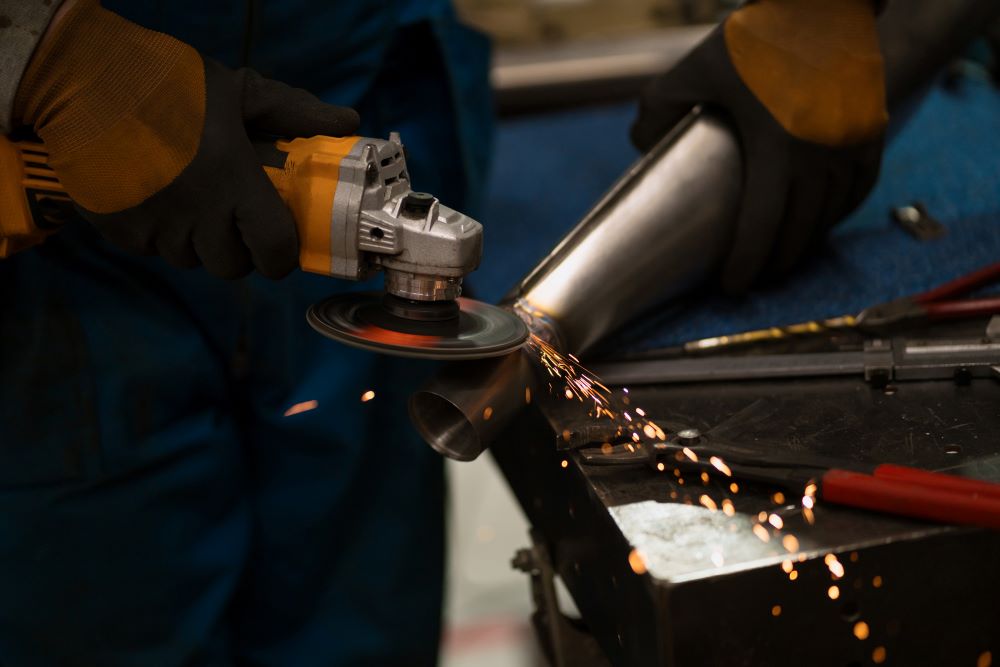Gardening isn’t all about sticking your hands in the earth. Gardening is about building your own private sanctuary where you can de-stress, grow your own food, and immerse yourself in nature. But, honestly? If you don’t have the right tools, you can quickly find yourself frustrated. Whether you’re beginning your garden adventure or you’ve been doing this for many years, the right equipment can make all the difference.
Let’s talk about the best tools for the job: the top 10 tools you’ll need as a homeowner gardener. Some you’ll know, some you’ll not expect, but all? Absolutely worth the investment.
1. Garden Gloves
You’d think you’d need your hands all over the garden, and you’d be right—sort of. Gardening is all about getting your hands dirty, all right, but not overdoing it. Nice garden gloves save you from splinters, nicks, and, admit it, bugs. Look for gloves that fit close, not skin-tight. Airy fabric allows your hands to breathe and a water-resistant finish guards you against wet glove syndrome. And the last you’ll ever need is to battle thorny rose bushes bare-fisted.
2. Hand Trowel
A hand trowel is essentially your own arm. Whether you’re planting bulbs or removing annoying weeds, it is small but strong. Trowels made from stainless steel will withstand the test of time and can dig through hard earth without curving. Lighter weight, stronger handles make the difference when you need to work for many hours planting or transplanting. And small enough for you to store them in your garden bag and bring them where you need them.
3. Pruning Shears
Deadheading flowers, trimming herbs, or pruning leggy stems—pruning shears can handle them all. Sharp blades make all the difference, so discover those made from high-grade steel that will clip through easily and not squish the stems. Even some pruning shears have ergonomic handles, good for when you need to make many cuts. Your flowers will love the clean cuts, which ensure faster healing and robust growth.
4. Garden Fork
Sometimes, the earth is stubborn. In this case, the garden fork is the answer. Loosening, lifting, and turning over the earth is its strong point, particularly when you deal with clay or hard-packed earth. A garden fork with strong, sharp tines is suitable for turning the earth over without doing much backbreaking work and it can also aerate the earth, leaving space for the roots of the plants to grow strong and deep.
5. Watering Can
Yes, you can also use a hose, but watering by hand is something special. A good watering can, can give you more control, delivering the right level of water and not overwatering your plants. One with a removable rose (the sprinkling head) for a softer spray is good for sensitive seedlings. An ergonomic handle and balanced design make watering less tiring.
6. Spade
A spade is one garden tool you will find yourself using much more frequently than you realize. To dig planting holes, edge around flower beds, and move earth around, a good spade will make the job easier. One you discover with good grip and sharp stainless steel edge will easily dig through the earth. A suitable spade will make the hard work easier and enable you to border your garden easily.
7. Garden Hoe
Weeds—every gardener’s nemesis. A garden hoe helps you tackle them head-on and also breaks up the earth for giving your plants the right environment. One can buy different hoes, but the simple, flat-bladed variety is best for most residential gardeners. Lighter weight but durable hoes work best: light enough not to tire you, strong enough for tough weeds.
8. Wheelbarrow
Unless you’re going to be carrying heavy loads of soil, mulch, or compost by hand (good luck!), you will need a wheelbarrow. One that is balanced and will turn easily is the one you need. Puncture-resistant wheels are the best. However, nothing will hold you back faster than a blown tire when you’re doing yard work. A good wheelbarrow will save your back and enable you to work faster.
9. Rake
Fallen leaves, garden clutter, and twigs can make your lovely space messy. A rake will tidy the space for you effortlessly. A light leaf rake is fantastic for raking the leaves up without shredding your grass apart, and the heavier garden rake will enable you to level the ground and break up the clumps. And something about raking over freshly turned earth is the icing on the cake when you need to plant.
10. Loppers
For those thicker branches pruning shears can’t possibly handle, loppers make their entry. Having long handles and sharp blades, loppers turn pruning thicker branches into child’s work. Be sure you get loppers with cushion grip and adjustable telescopic handles for you to set the length yourself. Your trees and bushes will be clean and tidy without you even breaking sweat!
Why the Right Tools Matter
Having the right tools isn’t necessarily about being handy; it’s about making the experience enjoyable. If you don’t have to battle the stubborn earth and hack through overgrowth with dull blades, the experience is less stressful and much more rewarding.
For example, when you need to establish the boundaries around your garden by pruning your shrubs, you can make use of a hedge trimmer. It gives you clean, sharp cuts that leave your garden sharp and clean without the endless manual pruning required. And the best part is you can walk back and assess your work without the feeling you’ve gone through a full-body fitness routine.
Tips for Keeping Your Tools in Good Condition
Good tools deserve good treatment. A few good habits will keep your garden tools in good order for many years:
Clean Tools Right After You Use Them
Metal parts require being wiped clean and dried to prevent rust.
Sharpen Blades Regularly
Dull tools make your work harder and can damage plants.
Embracing Eco-Friendly Gardening Practices
Sustainable gardening not only benefits the planet but also rewards the gardener. Making small changes, like installing rain barrels for rainwater collection or using compost for fertilizing the soil, pay dividends over the long run. Choose local plants suitable for your local environment, avoiding the need for supplemental watering or chemical fertilizers. Integrated pest management (IPM) practices support gardeners in keeping garden insects under control using minimum chemicals that’s welcoming beneficial insects like bees and ladybugs. Even when pruning clean and tidy bushes using a hedge clipper, switch over to quiet and emission-reducing models. Small changes you make when you garden can make great impacts, making your yard a thriving environment for the support of plant and pollinator life.
Making Gardening More Accessible
Gardening doesn’t have to be drudgery. If you prepare yourself with the right tools, you’ll find yourself doing the work less begrudgingly and for the joy of doing. Consider being able to walk out into your garden, tools in your hands, and know you have all the tools you need to create the garden you can see. There is something peaceful about this—a sense of security from being prepared.
Final Advice
Start simple. Invest your money in good quality fundamentals that will hold up over the seasons. As you garden, you will find the tools you find yourself reaching for the most. You don’t require all the latest gadgets—just the best tools that will serve your garden and your sense of style. Gardening is intimate. Gardening is about building something around you. These are the top 10 tools you need to build the garden you love being around.












